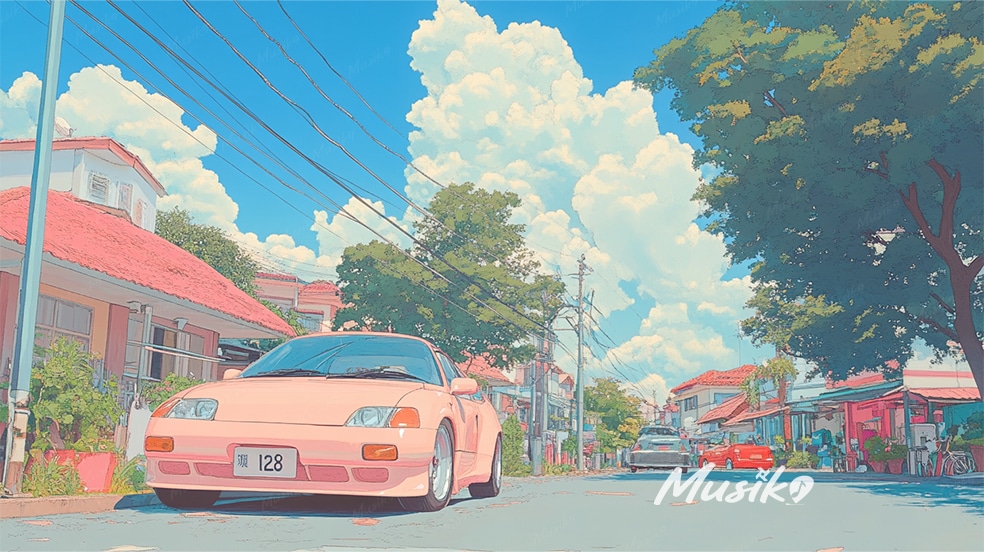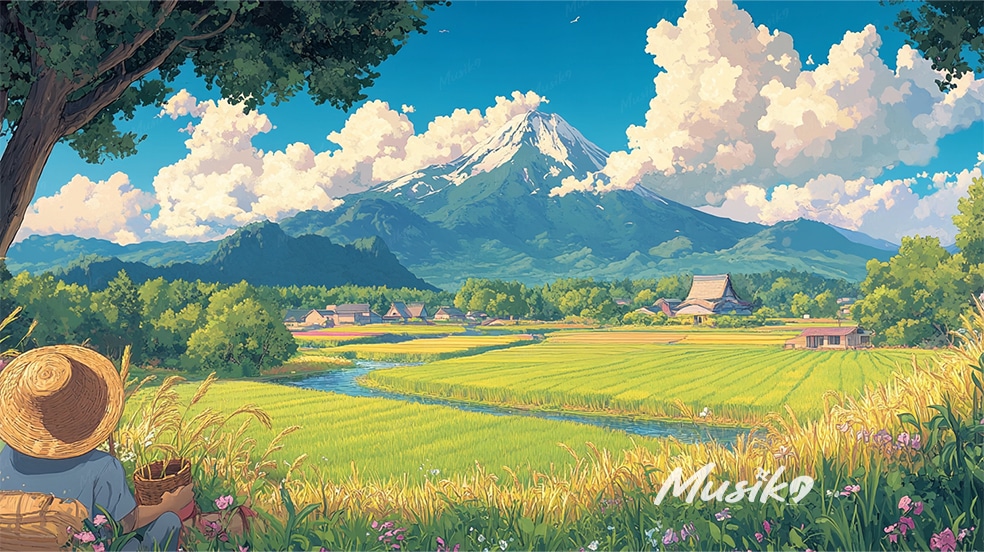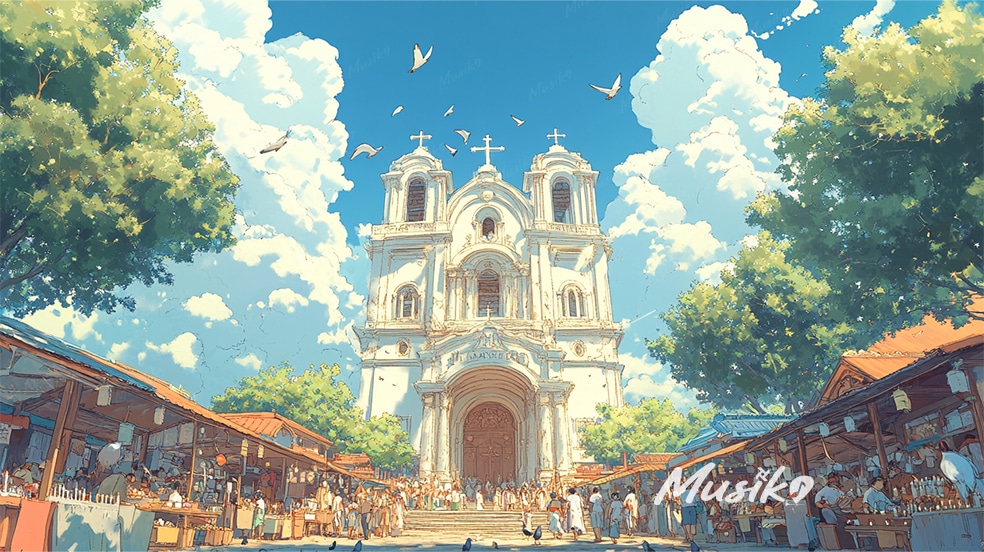⛪ Manaoag, Pangasinan
Manaoag, Pangasinan is not just a destination, it’s a divine experience wrapped in cultural charm, heritage wonders, and flavors worth traveling for! Nestled in the heart of Pangasinan, this town is famous across the Philippines (and beyond!) as a spiritual sanctuary, home of the world-renowned Minor Basilica of Our Lady of the Rosary of Manaoag, a sacred site where miracles are whispered in prayers and faith flows stronger than the Agno River.
📍Landmarks and Tourist Spots
At the top of every traveler’s list is the Manaoag Church, a timeless pilgrimage site where thousands flock for blessings, healing masses, and to light candles of hope. Just nearby, you’ll find the Manaoag Museum, which showcases religious artifacts, centuries-old statues, and spiritual memorabilia that tell the town’s holy story. For nature lovers, a quiet detour to Timmantang Rock and Ambon-Ambon Falls offers a peaceful encounter with Pangasinan’s natural beauty.
🎉 Culture and Festivals
Manaoag is deeply rooted in Catholic traditions and Ilocano customs. The highlight of the year is the Feast of Our Lady of Manaoag, celebrated every third Wednesday of April. The town bursts into life with grand processions, street dancing, local band parades, and spiritual novenas. The vibe? A cross between holy and happy and it’s absolutely unforgettable.
🗣️ Language
Ilocano is the dominant tongue here, spoken with warmth and wisdom. Locals are also fluent in Pangasinense and Tagalog, with a touch of English, perfect for friendly chats with visitors.
🍽️ Food Trip Goals
Hungry? You’re in for a treat. Tupig (a grilled glutinous rice delicacy wrapped in banana leaves) is a local superstar, best paired with hot chocolate or coffee after a church visit. You’ll also find native snacks like puto calasiao, crispy bangus dishes, and halo-halo stands waiting to cool you down on sunny days.
🎶 Music and Vibes
Traditional brass bands are a staple during fiestas, and church bells chime as background music to everyday life. During festivities, expect to hear Ilocano folk songs and joyful choirs echoing in the air.
🌟 What Manaoag is Known For
Manaoag is famously dubbed as the “Pilgrimage Capital of Northern Luzon”, drawing devout Catholics and curious tourists who seek healing, peace, or just a soul-refreshing experience. It’s where faith meets culture, food meets tradition, and every street corner feels like a blessing.








